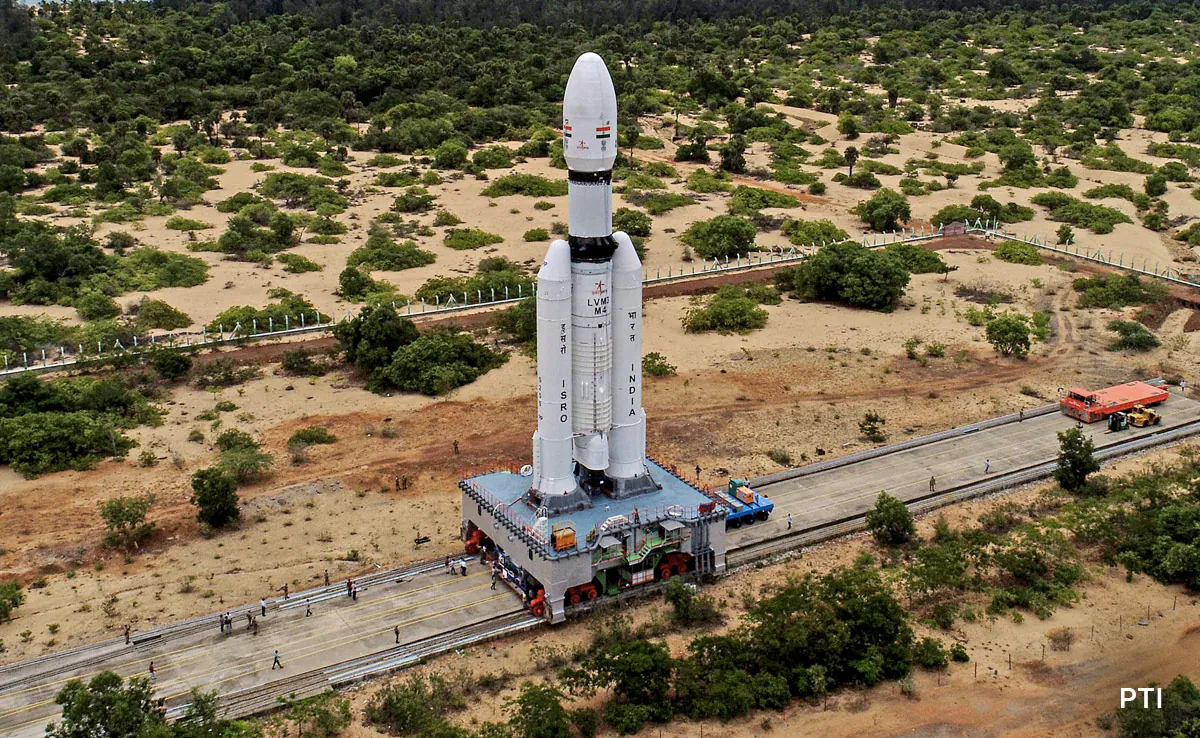Divya Prata, Pune
Chandrayaan-3, India’s third lunar mission, is scheduled to lift off on July 14 at 2.35 p.m. from the Satish Dhawan Space Centre in Sriharikota in Andhra Pradesh. It is a follow-up mission to the 2019 Chandrayaan-2 project, which suffered several setbacks when its lander and rover were unable to make a gentle landing on the Moon.
The Chandrayaan-3 spacecraft will launch from Earth on July 14 at 2.50 p.m. after being launched by the LVM3 rocket. On August 23 or 24, it is anticipated to arrive at the surface of the moon. The propulsion module will continue to carry payloads for three to six months following the lander’s ejection while the rover conducts research once it has touched down.
Three phases make up the mission: Moon Centric, Lunar Transfer, and Earth Centric. The LVM3 rocket will launch and ascend the Chandrayaan-3 spacecraft during the Earth-centric phase. The spacecraft is moved on a trajectory that will take it to the moon during the Lunar Transfer phase. Final maneuvers include lunar orbit insertion, propulsion module and lunar module separation, de-boost phase, pre-landing phase, landing phase, and normal phases for the lander and rover will all be carried out during the Moon Centric phase.
This mission is a follow-up to the unsuccessful Chandrayaan-2 mission in 2019, during which the Vikram lander crash-landed on the surface of the moon. Notably, the lander for the Chandrayaan-3 mission has been upgraded with software improvements and four motors instead of five. The lander and rover for this mission’s names have not yet been made public by ISRO.
The Moon’s polar regions haven’t been explored because of their hostile climate. However, a number of Orbiter flights have shown that these areas could be worth exploring. The deep craters in this area appear to contain significant amounts of ice molecules, and India’s Chandrayaan-1 mission, which launched in 2008, used its two onboard sensors to detect water on the lunar surface. Chandrayaan-3 will make history if everything goes according to plan when it soft lands close to the lunar south pole.
